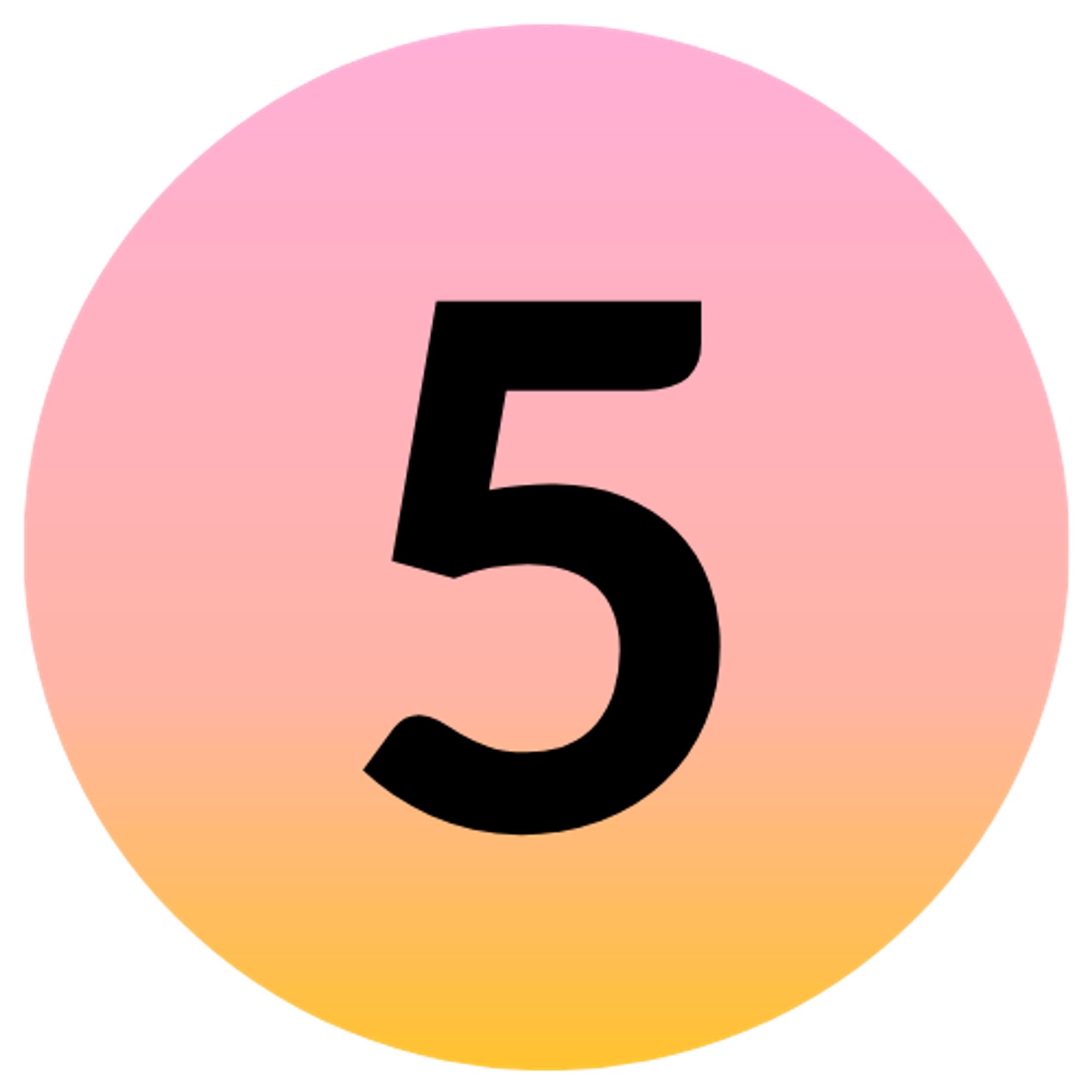Tutorial 5: Volume Integrals
Question PDF
Class Recording
- Find a volume bounded by the surface , and, .
Solution
- Find the total mass of a spherical object with radius of and with a density function of , where is the radial distance from the center of the sphere.
Solution
- Find the moment of inertia of the following hollow cylinder with constant density along the -axis.

Solution
- Find the volume of the following paraboloid. Hint: Inside of the cone boundary is not empty, but it is used to calculate the height upper boundary of the paraboloid ().

Solution
Radius upper boundary:
Height upper boundary:
Hence, the cylindrical coordinate boundary is: , ,
- Evaluate where is enclosed by , , and .
Solution
We will use cylindrical coordinates to easily solve this sum. Converting the given outer limits of we get:
Since there is no limitation on the values of , we assume it has the values of to . This is also in accordance with the diagram which is obtained by drawing these surfaces.
Also, we substitute in the argument of the integral.
Thus, the integral is,
- Integrate the function over the volume enclose by the planes and , and between the surfaces and .
Solution
Since is expressed as a function of , we should integrate in the direction first. After this we consider the -plane.
The two curves meet at and . We can integrate in or first. If we choose , we can see that the region begins at and ends at , and so is between 0 and 1.
Thus, the integral is,
- Find the volume of the tetrahedron with corners at , , , and .
Solution
The whole problem comes down to correctly describing the region by inequalities:
The lower limit comes from the equation of the line that forms one edge of the tetrahedron in the x-y plane
The upper limit comes from the equation of the plane that forms the “upper” side of the tetrahedron. Now the volume is
- Find the volume under above the quarter circle inside in the first quadrant.
Solution
- An object occupies the space inside both the cylinder and the sphere , and has density at . Find the total mass.
Solution
- Find the volume bounded by the cylinder and the planes ; .

Solution
Place the volume element in general position, and integrate to a rod along the -direction. Then integrate the rod over the circle:
